Description
8440-1878 Technical specifications 250 × two hundred and twenty-seven × 84 mm (9.84 × nine × 3.30 inches) UL, cUL, GOST-R, CSA working temperature -40-70 ℃ working temperature -40-70 ℃ energy consumption maximum 15 watts power supply 12/24 V DC (8 to 40 V DC) storage temperature -40 to 185 ° F
Product Description
Woodward combined the initial solid state DSLC with another decade of application experience to develop a new DSLC-2. The design of digital synchronizers and load control 2 series or DSLC-2 units has various applications and functions. These devices are designed specifically for standard three-phase AC generator systems. The DSLC series is equipped with various functions, such as synchronizers, load control units, and sensors. Other features included with this system include Ethernet Modbus TCP, which provides precise grid system communication between connected synchronizers. 8440-1878 is a 5-amp version of DSLC-2 with current transformer (CT) input terminals. AX Control Inc. has inventory of 8440-1878 devices and other similar components in the Woodward product line. Our inventory includes used and repaired equipment, as well as unused remaining equipment. AX Control INC is ready and able to purchase, sell, repair, and resell such components and many other components. Woodward digital synchronizer and load control components 8440-1878 DSLC-2. With 5A CT input. Nominal 12/24 VDC and four communication ports (2 Ethernet, RS-485, and RS232 ports).
Features and functions
Woodward DSLC-2 ™ (Digital synchronizer and load control) is a microprocessor based synchronizer and load control designed for three-phase AC generators. DSLC-2 combines synchronizer, load sensor, load control, dead bus closure system, VAR, power factor, and process control into a powerful component. The application allows for precise parallel connection and control of up to 32 generators. The dedicated Ethernet system provides seamless communication between DSLC-2 and MSLC-2 units. The second Ethernet port is used for customer remote control and monitoring functions using Modbus TCP, allowing for easy connection between DCS and PLC. Modbus RTU can be used through a separate RS-485 port. Two Ethernet ports enable redundant Ethernet networks. Woodward developed a new DSLC-2 using the original solid state DSLC combined with an additional decade of application experience. DSLC-2 performs well in simple generator or complex generator system applications. The DSLC-2/MSLC-2 combination provides multi unit, segmented, utility, and tie breaker control for complex power systems. Features include a dedicated Ethernet network for precise system communication between all DSLC-2 and MSLC-2, reducing system wiring. Ethernet Modbus TCP and Modbus RTU for remote control and monitoring. Redundant Ethernet communication for enhancing reliability. The ‘System Update’ function allows for the removal or addition of generator sets. The new DSLC-2 can be configured for multiple applications. The integrated DSLC-2 and MSLC-2 system functions eliminate the need for redundant sensors (such as PT, CT, and MOP) connected to various modules such as load sensors and synchronizers. The installation and reduced size of the rear panel frees up door space and provides simple wiring. No additional relay logic to control dead bus shutdown. The slip frequency parallel connection, voltage matching, and speed deviation transfer between the synchronizer and load control can achieve smooth parallel connection without the risk of reverse power tripping. Three phase real RMS power sensing enables accurate control of DSLC-2, even in situations of phase load imbalance and voltage fluctuations. The phase correction of GCB when a transformer is included in the system. Woodward ToolKit ™ The software allows for flexible settings using the same basic menu tree and overview screen as the original DSLC. The graphical overview of generator and bus parameters with trends makes debugging of DSLC-2 easier. All Woodward devices can be programmed through a single network connection. ToolKit can be accessed through one of the Ethernet ports or through the RS-232 port.
Popular models in the same series:



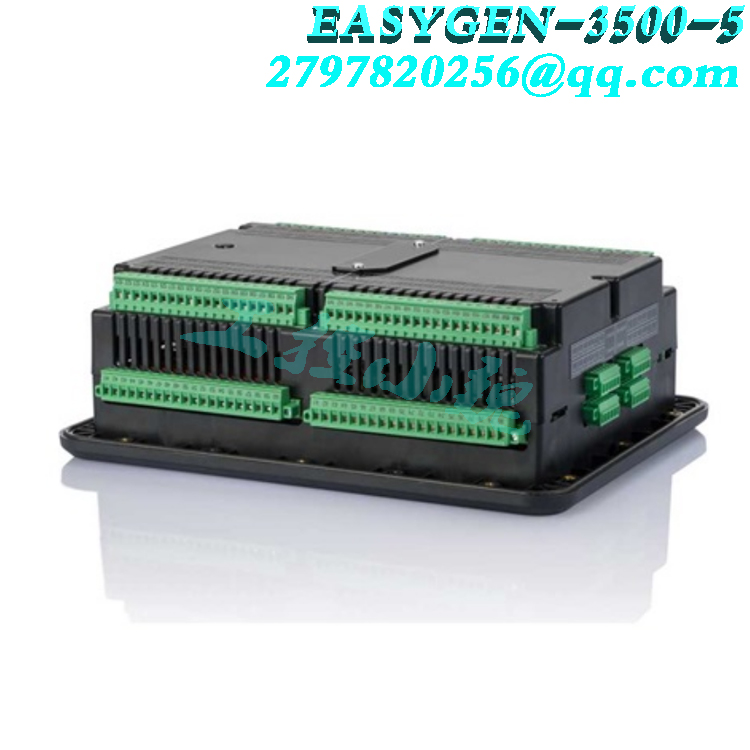
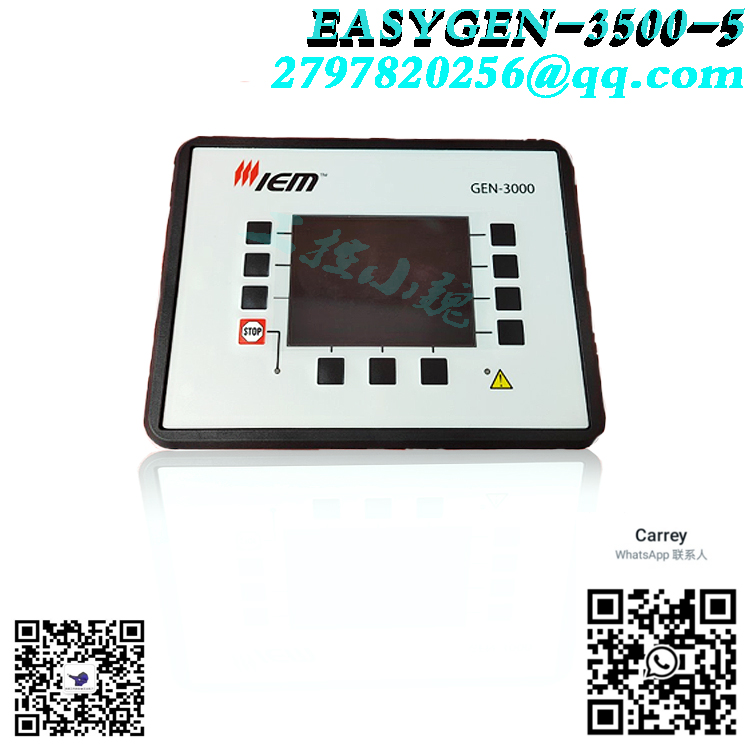

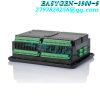
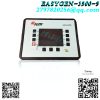
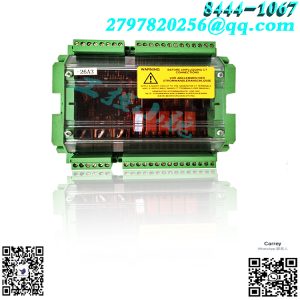
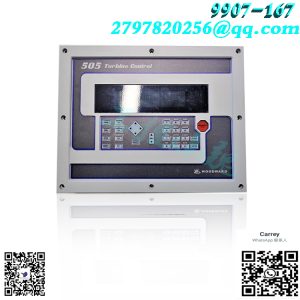
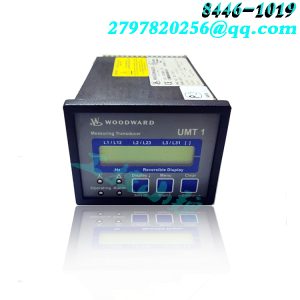
Reviews
There are no reviews yet.